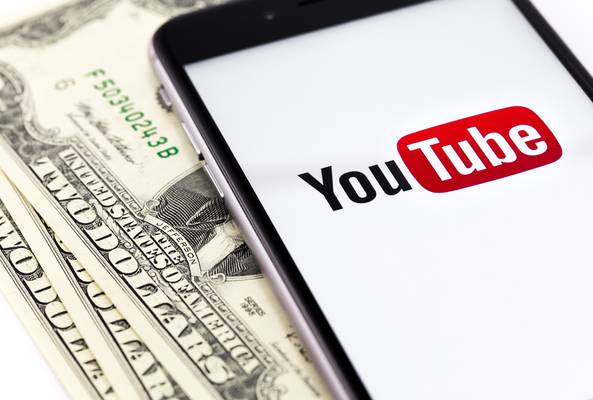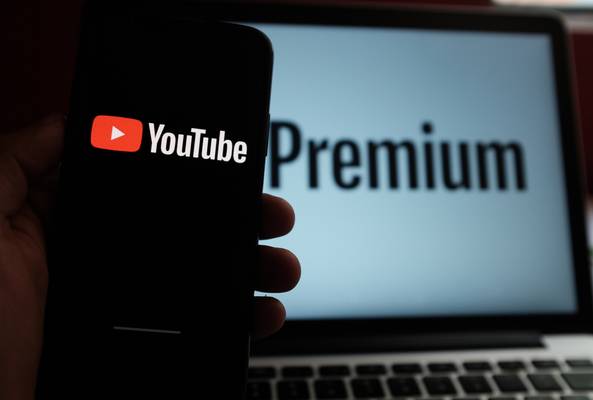Lydia Sweatt is a writer, bookworm, and bass guitar enthusiast. When she goes outside, a bicycle goes with her.
4 YouTube Updates That Will Help You Get Monetized Faster

It's been a while since YouTube shared a big update. But if you poke around the official YouTube blog, you'll notice four all at once. They reveal significant changes to the YouTube Partner Program (YPP), new ways to monetize short and long videos, and music licensing tools.
1. New Rules for YouTube Shorts Monetization
Since 2021, the YouTube Shorts fund has been the primary way to monetize short, vertical videos.
Here's how the program works:
- Creators who make popular Shorts get paid through a monthly bonus, which ranges anywhere from $100-$10,000.
- The bonus amount depends on how many views a creator is pulling in.
- It usually takes millions of views to earn a few hundred dollars each month.
Read More: YouTube Shorts Monetization - How to Profit from Short Videos
Unfortunately, the YouTube Shorts fund isn't part of the YPP. So, for now, Shorts views don't count toward the requirements for monetizing a channel, which are 1,000 subscribers and 4,000 hours of watch time.
But YouTube is about to change those rules. In early 2023, creators who've hit 1,000 subscribers and 10 million Shorts views over 90 days can apply to the YPP. It's an alternative route to becoming a YouTube parter and monetizing one's channel.
Once you're in the program, you'll get access to all of YouTube's monetization tools: ad revenue on long-form videos, Super Thanks, Super Chats, Channel Memberships, and more.

2. Revenue-Sharing for YouTube Shorts
Since 2007, YouTube has shared its advertising revenue with creators. And that split rewards creators with most of the profit (55%) while YouTube takes the other 45%.
This model exists for long-form videos only. But in early 2023, the platform will extend this revenue-sharing model to YouTube Shorts.
Here's how it'll work:
- YouTube will continue to show ads in the Shorts feed and produce revenue.
- YPP creators will receive 45% of ad revenue that comes from YouTube Shorts.
- How much money creators earn will depend on their share of Shorts views.
- The revenue share will be 45% whether creators use music in their Shorts or not.
3. YouTube Partner Program Tiers, Lower Entry Requirements
This news isn't fleshed out yet, but it's a huge win for small creators.
In 2023, YouTube will introduce a new YPP level with reduced requirements — not the standard 1,000 subscribers and 4,000 hours of watch time. Whatever the requirements are, they'll give creators early access to monetization features, like Super Chats and Channel Memberships.
These tiers will also have "creator paths" emphasizing long-form videos, YouTube Shorts, or live streams.
4. Make Money from YouTube Videos That Have Copyrighted Music
Adding music to YouTube videos is trickier than it seems. You have to think about more than the beat, more than catchiness, and way more than finding viral tunes. To monetize your video fully, you must know if the song is copyrighted and whether you have permission to use it. If not, YouTube could demonetize your video.
To make things easier, YouTube is launching Creator Music. This new addition allows creators to license songs from a music catalog and use those tunes in their long-form videos. According to YouTube, licensing will be affordable, and creators will earn the standard revenue share (55%) when licensing through Creator Music. But creators can split the revenue with the track's copyright holders if they don't buy a license.
Creator Music is in beta in the U.S, but YouTube will expand the service in 2023.
Watch this video for more details around the monetization updates:


